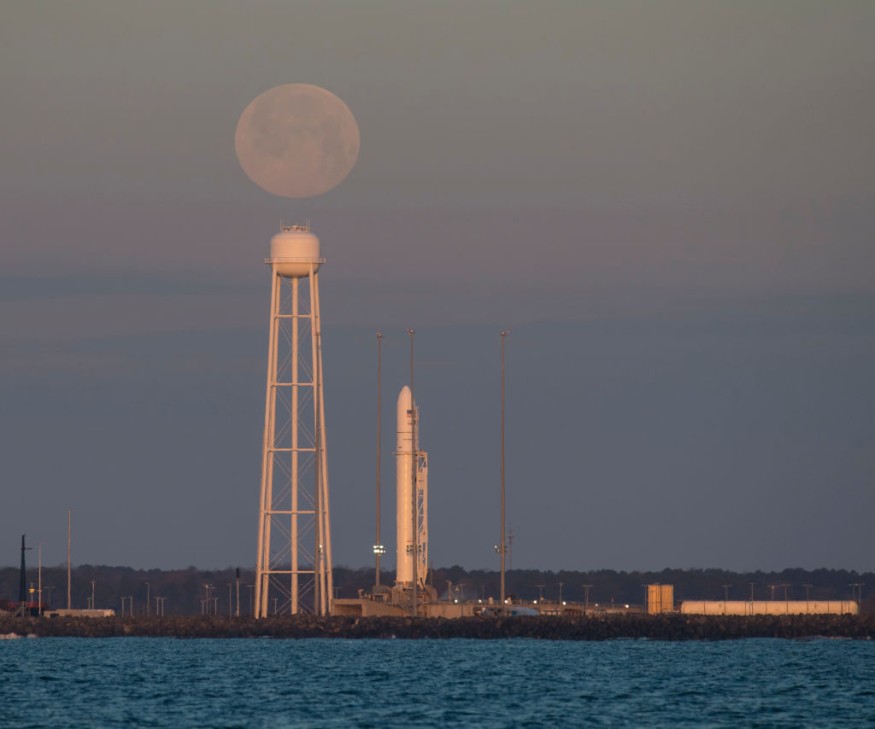Scheduled for launch on Tuesday at 12:07 p.m. ET (1707 GMT) on January 30, a robotic surgeon might undertake a mission around Earth. The unique aspect is that it won't have the conventional humanoid form.
Innovative experiments are also slated for transportation to the International Space Station via Northrop Grumman's Cygnus spacecraft. If the plan proceeds as expected, the spacecraft should reach the ISS around February 1.

Virtual Incision's Robotic Surgeon: Advancing Space Medicine
One of the experiments on board involves a two-pound robotic device developed by Virtual Incision. This compact device, about the length of a forearm, features two controllable arms equipped with a grasper and a pair of scissors.
The ultimate goal is for this innovative robot to communicate with human doctors on Earth while conducting highly accurate medical procedures on astronauts in space. Shane Farritor, co-founder of Virtual Incision, explained that the more advanced aspect of the experiment would involve controlling the device from Lincoln, Nebraska, to dissect simulated surgical tissue in orbit.
While currently in the preliminary stages, the robotic surgeon is initially being tested on rubber bands. However, the team envisions a future where such technology is employed in missions to the moon, Mars, and beyond as space exploration advances.
The increasing emphasis on remote space medicine aligns with the ambitious goals of space exploration, as demonstrated by NASA's Artemis Program, anticipating not only a moon landing in 2026 but also future human exploration, potentially extending to Mars and beyond the solar system.
This evolution in space-based medical treatment is essential for ensuring astronaut safety during deep space travel and demands innovations in medical technology to complement advancements in rocket technology.
An example of this collaboration between technology and space medicine is the "holoportation" of NASA flight surgeon Josef Schmid to the International Space Station (ISS) using HoloLens technology in 2021.
The robotic surgery mission, aiming to expand the use of robotic surgery to 100% of operating rooms, has the potential to revolutionize medical services both in space and on Earth, particularly benefiting rural hospitals with limited access to specialists and operating rooms.
READ ALSO : Axiom Space VP Says 'Commercial Astronauts' Will Carry Out Experiments Without Annoying ISS Crew
Robotic Arm, 3D-Printer, and Other Innovative Experiments Aboard
The Cygnus spacecraft, carrying the little robot doctor, will be accompanied by various experiments on its journey to the ISS. Among them is a robotic arm that aims to be tested under fully unpressurized conditions, allowing for more complex tasks and reducing crew workload.
NanoRacks, the company behind the robotic arm, envisions increased versatility in tasks such as moving objects and using screwdriver analogs in harsh environments.
Additionally, the European Space Agency is sending a 3D-printer to assess how 3D-printed metal parts perform in space compared to those produced on Earth. Meghan Everett, NASA's ISS program deputy scientist, highlights the importance of printing smaller parts in space for long-term vehicle integrity. The experiment also explores the possibility of producing superior products in space, with potential benefits in electronics and energy production.
Another experiment, MABL-A, focuses on studying the effects of microgravity on bone loss. By examining mesenchymal cells associated with bone marrow, researchers aim to gain insights into astronaut bone loss and the dynamics of human aging. The Apex-10 mission, led by Lisa Carnell, explores how plant microbes interact in space, providing valuable information for increasing plant productivity on Earth.
RELATED ARTICLE:
Check out more news and information on Space in Science Times.
© 2025 ScienceTimes.com All rights reserved. Do not reproduce without permission. The window to the world of Science Times.












